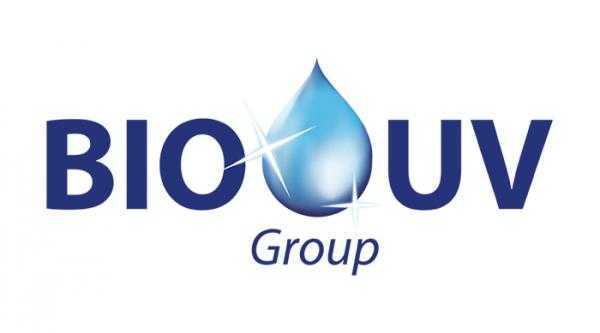BALLAST WATER TREATMENT UV DOSES MUST BE CONSISTENT
Ballast water treatment manufacturer BIO-UV Group has noted the U.S. Administration’s approval of the Vessel Incidental Discharge Act (VIDA) and the possible acceptance of the Most Probable Number (MPN) methodology, the method currently used by the International Maritime Organisation (IMO) to test BWMS treatment efficiency.
However, while the US Coast Guard now has to draft policy detailing reproductive methods, BIO-UV Group’s President and CEO Benoît Gillmann says it is important to remember that the process of acceptance of a viability method is not immediate, and that there is no guaranty that methodologies coming out of this process will be the same as the MPN as currently used.
“For the moment, the method in force today in the US is the CMFDA process. But whatever the possible modification and/or relaxation of the US rules, the UV dose must remain significant to treat all water types and a system like BIO-SEA is and will continue to be a safe choice for shipowners while staying very competitive,” said Gillmann.
Essentially, VIDA sets a clear, unambiguous definition of what constitutes a “live” and “living” ballast water organism. It defines as living any organisms capable of reproduction. If they cannot, then they are classed as “dead”.
The US Environmental Protection Agency will have to put the standard in writing and incorporate the USCG’s final version. But irrespective of the legislation, shipowners will need to very carefully evaluate system performance and limitations against their vessels’ operational scope.
Xavier Deval, BIO-UV Group’s Business Director, BIO-SEA, said: “In terms of performance, reliability, energy consumption and ballast water holding time, the gulf between pre- and post-VIDA BWMS could be very huge indeed. BIO-SEA as an early IMO/USCG approved system has proved its capacity to treat a range of organisms, in a greater spectrum of waters with varying turbidity, and to a much higher standard.”
Deval furthered: “The performance measured by the IMO & USCG is a key aspect, since a vessel navigating today only in IMO-regulated waters may be required to operate in USCG-controlled waters tomorrow. Choosing an efficient system, in terms of water treatment of different qualities, with short retention times, easy to use and maintain, and fully automatic is crucial.
“Shipowners should install a BWMS as soon as possible to prevent operations from being limited to specific trading zones and from being incompliant with the regulations, as evidenced by the penalties imposed on ships, which are starting to see the light of day.
“A system that is certified to operate with zero holding time, like BIO-SEA for instance, will have greater traction with owners. This is very important since systems that are not certified with zero hours holding will inevitably cause delays to vessel operations.”
BIO-UV’s BIO-SEA system requires zero holding time when treating fresh water and 24 hours in marine water and is currently undergoing tests for zero holding time in brackish waters.
For more information, contact
Coralie Mazauric
Marketing & Communication Manager
BIO UV Group
Email: cmazauric@bio-uv.com
Tel.: +33 (0)4 99 13 77 84

